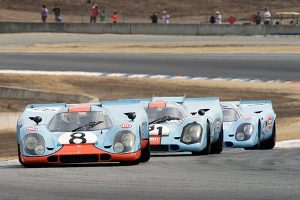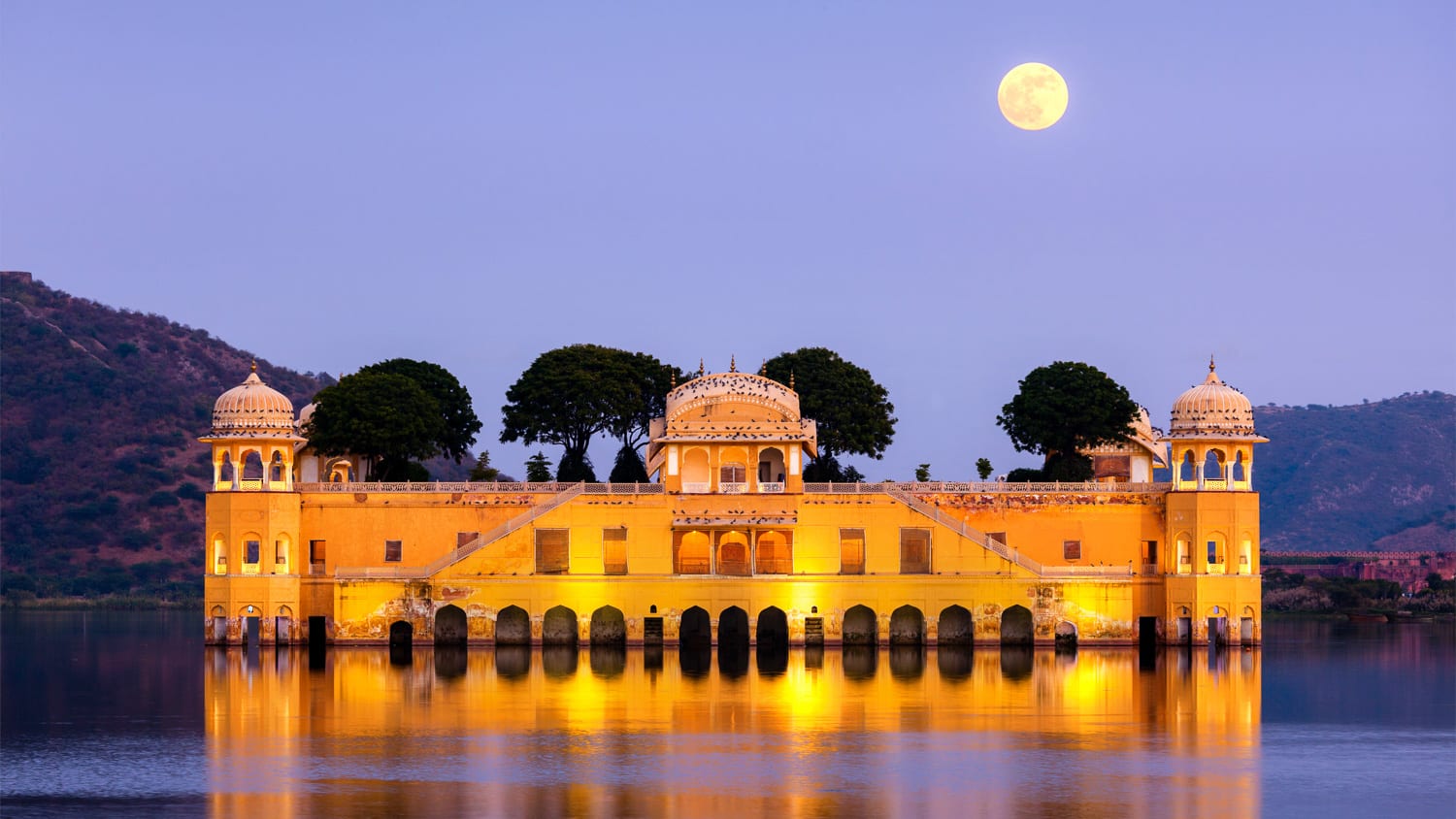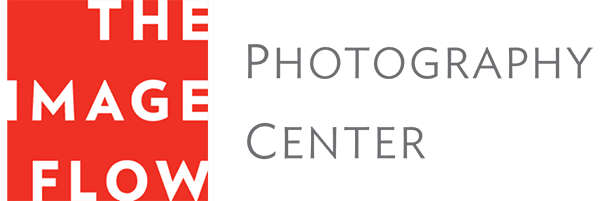

In February 2019, Image Flow instructors Jock McDonald and Ardy Arani will be leading a group of up to 10 students on one of our most exciting travel workshops yet – Photography Expedition in India. During this excursion, the city of Jaipur, famous for its vibrant architecture, features prominently in our action-packed itinerary. Read on as TIF owner Stuart Schwartz gives tips and advice on capturing incredible photos of any architectural wonder you may find yourself in front of.
Jaipur is often considered the epicenter of magnificent structures in India, making it the ideal home base for exploring architecture and the natural beauty of greater Rajasthan. A short travel outside the city limits offers a clear view of just how much influence the Rajput rulers had on the area. History is very much alive and well in Rajasthan. A stunning array of Jaipur attractions such as fortresses, palaces, temples, and other fortifications (the majority of which were built in the 18th century), line the hilltops to protect the area’s many villages, as well as generations of royalty.
With this description of Jaipur sightseeing opportunities, how can one go wrong making photographs of the architecture? After spending hours online looking at pictures of many of the places to see in Jaipur, I believe that this region will prove to be a high point of The Image Flow’s photography courses in India. There is much to consider as one plans for photography expeditions like this, and traveling lightly is a part of it. That being said, we will have the opportunity to leave our equipment in the bus at all times while on the road; there will be someone with the vehicle at all times.
When making preparations for this or any other photography trips, plan to spend some time prior to departure making a detailed checklist of everything you may need. Above all, you do not want to be wrestling with your equipment during this trip, lest you miss out on any amazing Jaipur images. Get to know your photography equipment extremely well before you board the plane. You want to be sure you have enough memory, some extra batteries, and a backup drive for your image imports.
Once you’ve got your physical gear and devices under control, there are certain guidelines to keep in mind during the shooting process, as well. Always shoot in RAW format, and shoot manually at the lowest ISO possible for a given light situation. Have a good understanding of depth of field, and be thinking about it as you approach your subjects – is more depth of field important to tell the story, or will less depth of field be more impactful?
For moving subjects, is there a reason to show motion in your image? Your shutter speed is either going to freeze motion or extend motion by blurring something that is moving in front of the lens. Study your options and consider bracketing your shutter speed when you want to show motion to get the desired effect.
When planning to shoot an architecture photo, consider setting the scene with an establishing shot of the subject, and then concentrate on the finer details, as well. I approach architecture with one word in mind – “dissection.” Using your camera, dismantle and dissect that palace, fortress, or building.
Before you start photographing, take ten minutes and really study your subject. Decide what the key elements are that make this structure so historically and visually important to Jaipur tourism. Study the detail that went into the construction of the building. Look at the materials, the color combinations, the texture, and the craftsmanship. Think about all the things that immediately catch your eye. Check the light that is falling on each side of the structure and decide where you should start, basing your decisions on the existing qualities of light.
Start shooting, and shoot a lot; you may never be back to photograph the amazing Jaipur sights again.
We will go to Jaipur’s landmark Hawa Mahal, or “Palace of Winds.” It was built in 1799, to enable women of the court to watch street processions, while remaining unseen behind finely screened windows. We will visit part of the City Palace Museums, Mubarak Mahal, and the Hall of the Private Audience. Next will be a private visit to the residential area of the Royal family. We’ll also visit the unique Jantar Mantar Observatory to see a total of 18 instruments built by Maharaja Jai Singh, many of them his own inventions, between 1728 and 1734.
We will drive northeast to stop first in Amer, the ancient Capital of Maharajas of Jaipur, where we begin sightseeing at the Amer Fort. Among the places you’ll see today are the Palace Complex, with its lofty Hall of Public Audience, and the dazzling Sheesh Mahal, a private chamber of former Kings and Queens, and Sukh Mahal, where the marble rooms were cooled by water cascading through fine perforations in the center of the wall – an early and very efficient system of air conditioning.
We will also go to Nahar Garh Fort, at the top of the hill overlooking Jaipur, to have an amazing view of the city. One of our last stops in Jaipur will be at Galtaji, also known as monkey valley. The site consists of a series of temples built into a narrow crevice in the ring of hills that surrounds Jaipur.
Along with the history, we will be experiencing this part of Northern India with all our senses. This will be the experience of a lifetime, and we have intentionally chosen the perfect time of the year for this expedition.
Learn more about The Image Flow’s Photography Expedition in India and see the Full Itinerary for more great locations.

